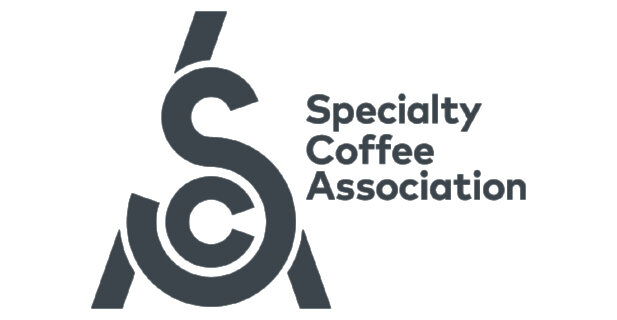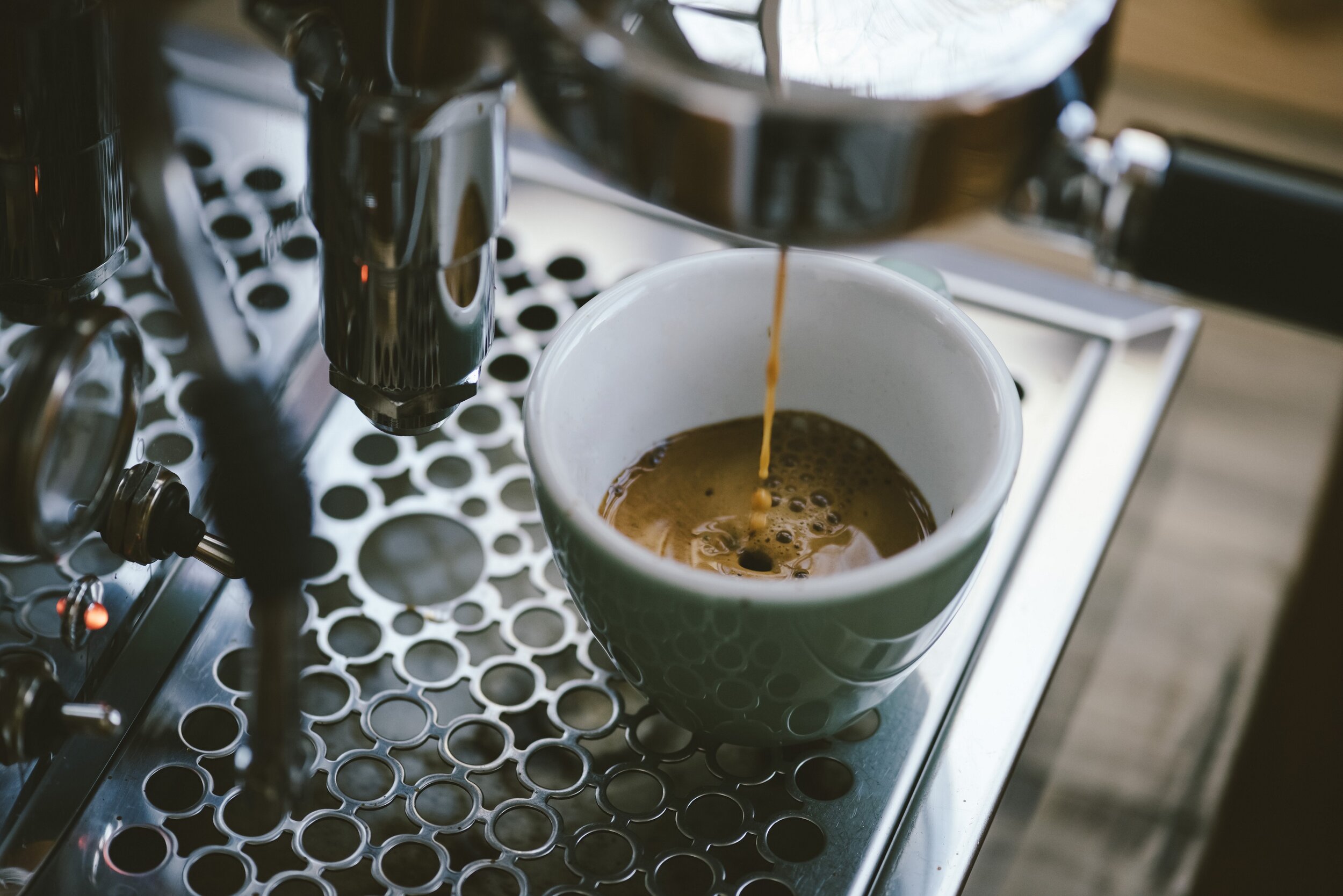Defining the Ever-Changing Espresso - 25 Magazine: Issue 3
In an industry as dynamic and progressive as specialty coffee, the only constant is constant change.
DAVID FASMAN examines the findings of the 2017 Barista Guild of America Espresso Survey in Issue 3 of 25 Magazine.
Baristas – the creative professionals behind the coffee bar – are constantly experimenting with coffee, finding new ways to explore flavor, and using taste and customer feedback to refine formulas and recipes. A steady supply of new espresso machines, grinders, brewing devices, and other tools changes the playing field, leading to new ideas and fresh approaches. Baristas continually refine the way coffee is prepared as new technology arrives, allowing for additional precision, new methods of extraction, and new thought processes. At an industry level, these experiments can lead to broad shifts in the practice of coffee preparation, and result in measurable changes in what happens at the espresso machine.
It was with that awareness of change that, in 2016, the Barista Guild of America (BGA) set out to document current practices of espresso preparation using a survey of baristas worldwide, aimed at truly understanding the landscape of coffee preparation in the world. This research was an essential first step in evaluating what is actually happening in the coffee bars of the global specialty coffee community, and would be critical information in crafting new best practices and standards for the specialty coffee industry. More specifically, we wanted to gain a better understanding of input doses, output weights, brew ratios, extraction times, pressure, temperature, use of pre-infusion, and basket size – which are important variables in espresso preparation.
The BGA worked with SCA Research staff to develop a 26-question survey, which circulated in March 2017. A total of 275 respondents participated, delivering varied but representative results. Just over three-quarters (76%) of respondents hailed from the US, and the highest amount of international responses came from the UK, Singapore, and Canada.
Before exploring the results of the study, it is essential to have a frame of reference. Below is the heritage Specialty Coffee Association of America (SCAA) definition of espresso:
“Espresso is a 25–35ml (.85–1.2 ounce [×2 for double]) beverage prepared from 7–9 grams (14–18 grams for a double) of coffee through which clean water of 195°–205°F (90.5°–96.1°C) has been forced at 9–10 atmospheres of pressure, and where the grind of the coffee is such that the brew time is 20–30 seconds. While brewing, the flow of espresso will appear to have the viscosity of warm honey and the resulting beverage will exhibit a thick, dark golden crema. Espresso should be prepared specifically for and immediately served to its intended consumer.”
Would the espresso served by our respondents conform to this standard of “espresso”? We were eager to find out.
The Results
We began with a question about terminology. “Do you consider the espresso you pull to be a single, double, or triple shot?”
An overwhelming 93% of respondents considered the espresso they pull to be a double shot. In subsequent discussions about the results at a recent Barista Camp in the US interesting conversations about this terminology emerged: several baristas noted that single/double measures are no longer valid and a number of respondents refer to any espresso extraction as a shot, no matter the volume or mass. From a consumer perspective, if handed a demitasse full of espresso, would it be thought of in terms of a single, double, triple, or just a shot?
Then we got technical: the next few questions focused on the amount of ground coffee used as the input for an espresso extraction; respondents were asked for the lowest, highest, and average amount of coffee they use for an espresso shot. The majority of respondents reported their lowest dose as 18 grams and their highest at 20 grams. This was consistent with the amount of the “average dose”: 66% reported this amount to be between 18 and 20 grams.
Turning our attention to extraction time, 51% of respondents’ average extraction time was between 25 and 30 seconds, well within the window of existing espresso standards. When asked for the longest and shortest “acceptable” extraction times, the results became a bit blurry. Options for the lowest acceptable extraction times were: 17, 18, 19, 20, and “other.” Half of respondents chose “other.” Knowing the average was between 25 and 30 seconds, it is reasonable to assume the “other” option was referring to a longer time. On the other hand, the answer options for the longest extraction time were: 30, 31, 32, 33, 34, and other. Most respondents again answered “other,” but it was less clear as to whether “other” referred to a longer or shorter time.
To address how the community measures espresso yield, respondents were given three choices: weight, ounces, or milliliters. An overwhelming 82% used weight to measure espresso yield. Measured by weight, the average output for espresso extraction was 36.5 grams. For those measuring by volume, the average output was 1.8 ounces or 74.2 milliliters. Addressing ratio: for every gram of input espresso grounds, how many grams of output beverage are obtained? The average response was 1:2, for example, 20 grams in and 40 grams out. All responses ranged from 1:1.5–1:2.5.
We also explored the pressure under which espresso was extracted. The average pressure used to extract espresso was 8.5 bars, with the most responses at 9 bars. Some 52% of respondents noted they used pre- infusion and there were several comments made about pressure profiling. This survey discovered that pressure profiling is a frequent tool used by baristas – future surveys on this topic can address more specific questions to understand how people are utilizing pressure as a variable in espresso preparation.
Regarding temperature of the water used, most responses fell in the classic range of 195°–205°F, with an average of 200.3°F. We then asked respondents whether or not they pull shots as ristretto (short shots) or lungo (long shots). For both, the majority said no, but a quarter noted they would if requested. We also felt it was important to ask if Robusta was a component of espresso. Nearly all (96%) respondents replied no, some vehemently.
Participants were asked what size baskets they use for espresso and most use 18 gram baskets. For those who did not know the size in grams, they were given options of single, double, or triple, and over three- quarters used double baskets. When asked how participants pre-heat cups, 86% kept espresso cups on top of the machine and 32% pre-heat espresso cups with hot water.
We asked participants what style of portafilter they used: spouted, bottomless, or both. The responses for spouted and bottomless were almost the same at about 38%, with the remaining participants noting they used both styles of portafilter.
Most respondents used 20–30 pounds tamp pressure. Interestingly, 22% responded “other” to the tamping question. They commented that they never measured it, used mechanical tamping devices, or said “until the puck was evenly dense.”
What Does This All Mean?
Based on the results of this survey, we were able to come to some conclusions about how this group of baristas prepared coffee, and we presented our results at the June 2017 Barista Camp in Wisconsin, US.
Our research suggests that the average barista uses a 1:2 brew ratio when extracting espresso and uses weight for output measurement. The average shot of espresso starts with an 18–20 gram dose, has an output of 36.5 grams, is extracted in 25–30 seconds, at 9 bars of pressure and 200°F, using pre-infusion, through an 18 gram basket.
Espresso is an ever-changing extraction medium, and frequent changes in the landscape of specialty coffee profoundly affect how baristas extract espresso and how it is understood. This information and the continuation of future espresso surveys will help us understand espresso preparation practices worldwide. Espresso will continue to change and the BGA (in partnership with the Barista Guild of Europe in the now unified SCA) will be right there keeping up with the changes.
DAVID FASMAN is the Director of Education at Huckleberry Roasters. He is an Authorized SCA Trainer and Barista Professional certified. David serves on the Barista Guild of America Executive Council and is currently Chair of the Membership Committee.

